Digital television networks
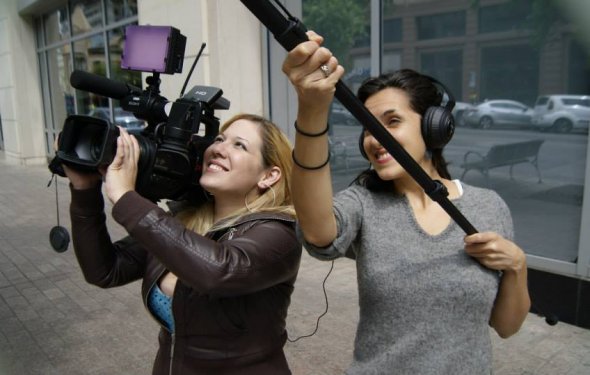
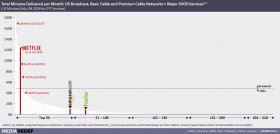 whenever we think about the continuing future of television – or maybe more specifically, the electronic future of network TV – we tend to believe around crucial concepts: over-the-top and direct-to-consumer circulation, à la carte supply, dynamic ad insertion, data-driven green-lights and so forth. Yet, what’s constantly missing from this evaluation is an even more fundamental examination of what an electronic digital system could in fact be.
whenever we think about the continuing future of television – or maybe more specifically, the electronic future of network TV – we tend to believe around crucial concepts: over-the-top and direct-to-consumer circulation, à la carte supply, dynamic ad insertion, data-driven green-lights and so forth. Yet, what’s constantly missing from this evaluation is an even more fundamental examination of what an electronic digital system could in fact be.
One of several major issues this is actually the kick off point: TV Everywhere. TV every-where, to put it plainly, cannot a digital system make. It’s about taking a linear product and placing it on the web – not rethinking the network construct itself. At its core, the standard, linear television business structure is defined by its limitations. Each community has actually a finite quantity of development slot machines (and also fewer primetime slot machines), which causes it to focus on making the most of “eyeballs” among a specific target demographic (or demographics) and programming thematically and/or tonally comparable content. An electronic network, however, deals with nothing of these limitations. There’s no optimum – or minimal – number of development required, no limitation into the quantity of genres and demographics it may serve, “no one dimensions meets all” lead-in program and no single overall performance metric. This basically changes exactly what a “TV” community can seem like and stay.
Netflix, for example, is numerous things to a lot of folks. And it reveals.
In the 4th one-fourth of 2014, Netflix delivered even more mins of video in the usa versus normal broadcast system, twice as numerous because the business’s biggest cable community (The Disney Channel) and more than the bottom 118 (of roughly 225) cable companies combined. What’s more, this figure is up approximately 40% (or 38 billion moments) year over 12 months.
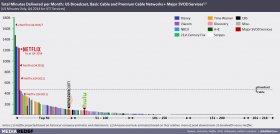 Netflix is able to achieve this scale and price of development because in consumers’ thoughts, it will be the Disney Channel. And AMC. And Syfy. And Nationwide Geographic. At first, Netflix’s streaming solution was seen as a Pay TV competition. These days, it’s most often seen as advanced cable system such as for example HBO (Netflix CEO Reed Hastings likes to get this to very comparison). Yet it's much more accurate to describe the company as a multi-channel network team – a period Warner or NBCU, perhaps not an HBO or United States Of America.
Netflix is able to achieve this scale and price of development because in consumers’ thoughts, it will be the Disney Channel. And AMC. And Syfy. And Nationwide Geographic. At first, Netflix’s streaming solution was seen as a Pay TV competition. These days, it’s most often seen as advanced cable system such as for example HBO (Netflix CEO Reed Hastings likes to get this to very comparison). Yet it's much more accurate to describe the company as a multi-channel network team – a period Warner or NBCU, perhaps not an HBO or United States Of America.
This really isn’t an accidental demographic “creep”, either. Netflix is deliberately buying niche content that, taken together, produces a mass market service. While it’s very easy to get the effect that Netflix’s originals are extensively consumed (perhaps even in the standard of popular broadcast show), this actually isn’t the way it is. “As an over-all guideline, the audience who watches home of Cards cannot view Hemlock Grove — yet again, isn't the audience that watches Arrested Development…There’s some overlap but surprisingly small, ” Netflix’s Head of first Content Cindy Holland informed Vanity Fair previously this present year, “we don’t think any genres are off-limits to [Netflix’s original programming]. We have a big customer base that consumes a multitude of content.”
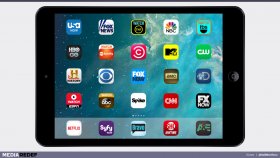 This approach flies facing the current community playbook. Mainstream knowledge says that specific brands tend to be better at building viewers, programming, advertising and ad product sales (and brand-wide carriage negotiations). However in addition, it's not clear that customers value these supposed benefits. If a network could fulfill numerous genres, might that be chosen?
This approach flies facing the current community playbook. Mainstream knowledge says that specific brands tend to be better at building viewers, programming, advertising and ad product sales (and brand-wide carriage negotiations). However in addition, it's not clear that customers value these supposed benefits. If a network could fulfill numerous genres, might that be chosen?
This real question is much more important while the industry tests out direct-to-consumer and à la carte models. Linear television these days is still aggregated by Pay TV providers, providing consumers single-input usage of all their networks, and of course universal search capabilities, consolidated DVR storage, payment, support, etc. In an internet environment, consumers must manage a field of different applications, web sites, options, UIs and different content liberties and house windows. This produces significant barriers towards use and usage of OTT networks (while they get à la carte and/or D2C) – especially where brand-new or various login credentials and repayment details are expected. It is not a remedy:
Just one umbrella network additionally serves several functional benefits:
- Material rights (such unique VOD magazines) may be leveraged across a larger collection of customers and stations
- It becomes far easier to market and drive consumption of brand new show that airing on a cousin system
- Overhead, be it methods, administration, UI design or storage space, all secure significant cost benefits (compare Netflix’s overhead spend per programming time to virtually any associated with major companies)
- User behavior/consumption information becomes far richer and expansive. Netflix says it green-lit home of Cards because it understood their particular people loved Kevin Spacey, David Fincher therefore the BBC first. Would any cable network these days be able to understand the exact same? Or are they stuck simply knowing each in a silo?



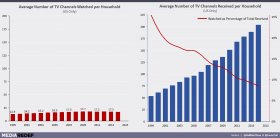

|
Azend Group HR702 Portable Tv Set Top Box Perp Extender 7in HD Display CE (Azend Group Corp)
|

|
SuperSonic Portable Widescreen LCD Display with Digital TV Tuner, USB/SD Inputs and AC/DC Compatible for RVs, 9-Inch Speakers (SUPERSONIC INC.)
|

|
Bello BDH821 Over-the-Head Headphone Speakers (Bello)
|